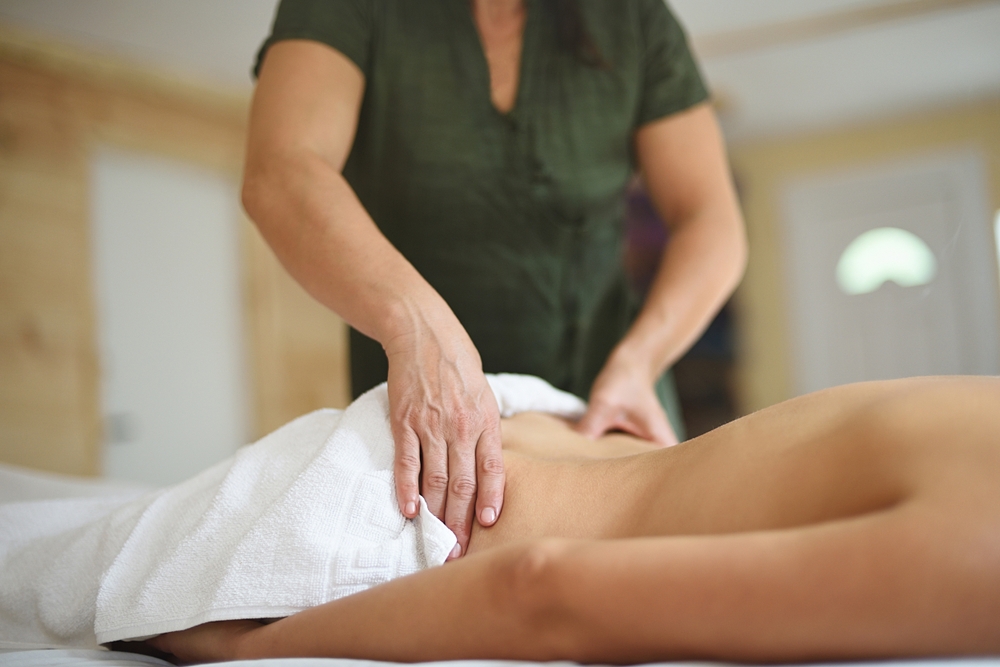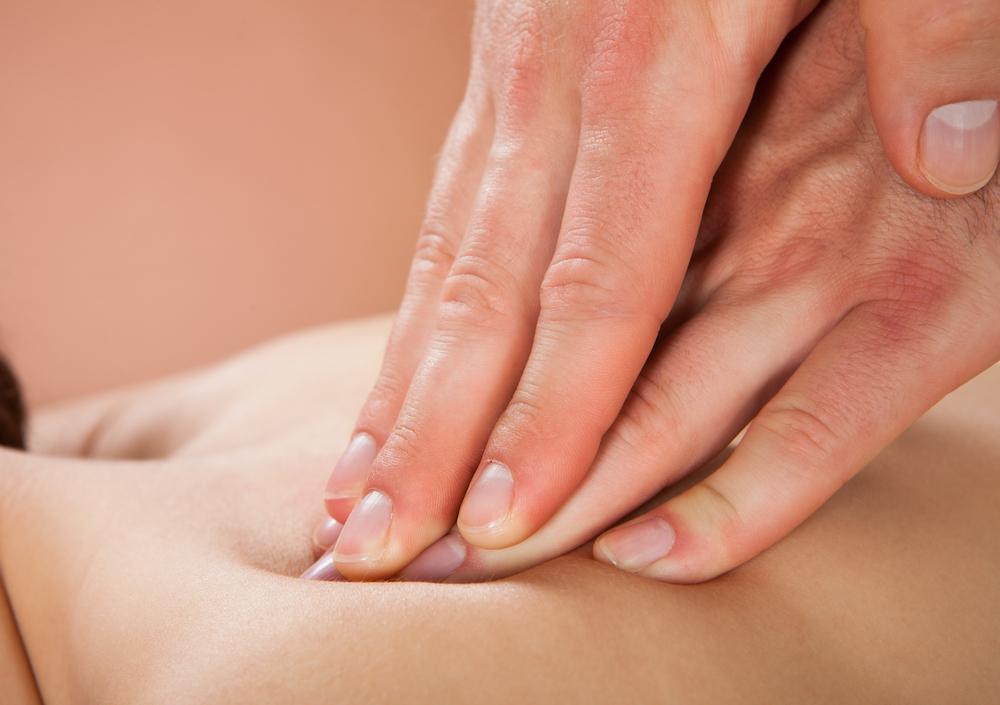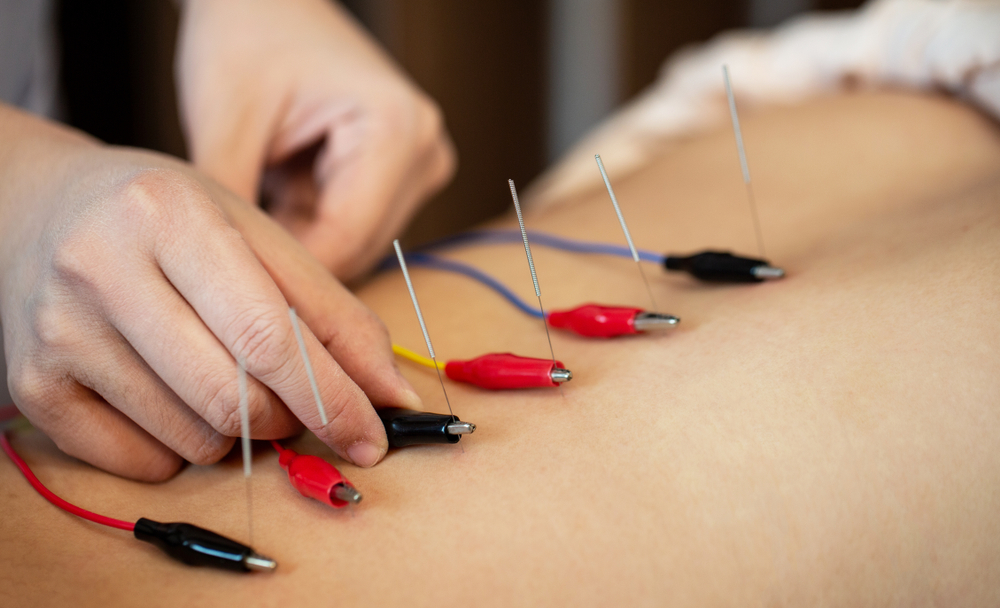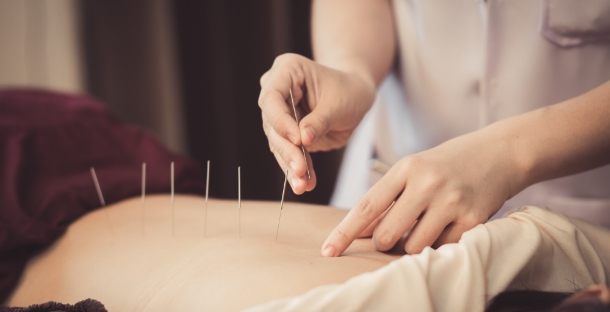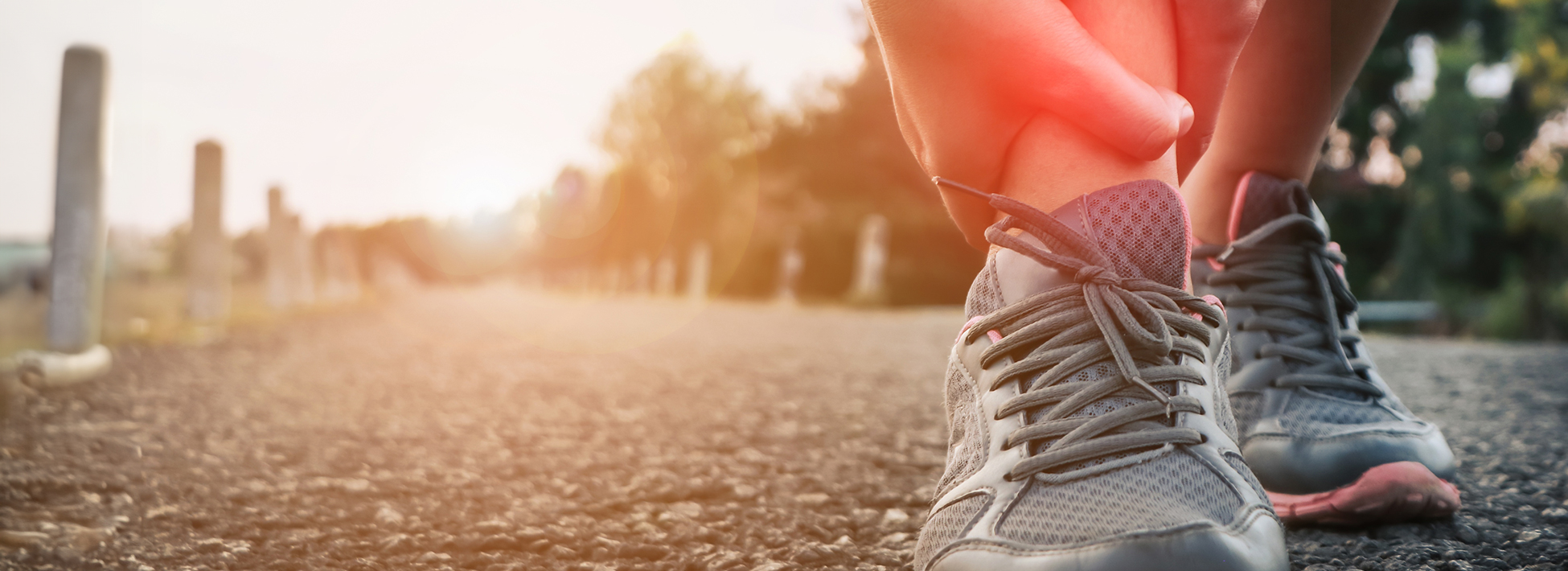
Acupuncture for Sports Injuries
When the weather warms up, many of us are eager to get outside and engage in sports and other physical activities like gardening and hiking. And that makes it the time of year where sports injuries are all too common. If you’ve been a homebody most of the winter, it’s important to prepare your body before you throw yourself into your favourite activities. One of the best ways to do that is to see your acupuncturist. Below, you’ll find more information about common sports injuries to watch out for and how acupuncture can help prevent them, as well as other tips to tide you over between appointments.
What are sports injuries?
Sports injuries is a broad term for the kinds of injuries that commonly result from physical activities, although they’re not exclusive to sports. Both professional athletes and those just trying to keep in shape are likely to suffer a sports injury. Also, those who work physically demanding jobs are prone to many types of sports injuries, like strains, sprains, or dislocations. These kinds of injuries can be painful and reduce mobility. If left untreated, recovery can take a long time, meaning you may not be able to resume your regular daily activities for months at a time.
Common types of sports injuries
There are several injuries that tend to occur among those who play sports, work out often, or have physically demanding jobs. Many of these injuries result from repetitive motions, over exertion, or simply not warming up enough before you start exercising. Most people will experience some kind of sports injury in their lifetime. Below, you’ll find some of the most common injuries that are treated with acupuncture.
Tennis elbow
Tennis elbow, or lateral epicondylitis, is the painful inflammation or micro-tearing of the tendons that join the forearm muscles to the outside elbow. This results from overuse, typically by repetitive motions of the arm and wrist. Tennis elbow isn’t exclusive to racket sports, it’s also been known to occur from activities like plumbing or painting.
Golfer’s elbow/pitcher’s elbow
Golfers elbow, or medial epicondylitis, is the inflammation or injury of the tendons that bend the wrist toward the palm. This occurs when excessive force is used to bend the wrist toward the palm, like when swinging a golf club or baseball bat. Unlike tennis elbow, which effects the outside of the elbow, pain from golfer’s elbow is experienced on the inside of the joint. Other names for this condition are baseball elbow, suitcase elbow, or forehand tennis elbow.
Achilles tendonitis
Achilles tendonitis occurs when the tendon that connects the calf muscles at the back of the lower leg to your heel bone (the Achilles tendon) becomes swollen and painful near the bottom of your foot. This most commonly occurs in runners who suddenly increase the intensity or duration of their runs, or in middle aged people who play sports semi-regularly.
Planter fasciitis
Plantar fasciitis is a painful degenerative condition that affects the thin ligament that lies directly beneath the skin on the bottom of your foot (the plantar fascia). This tendon supports the muscles and arch of your foot, and when it is overstretched or put under too much pressure, it can become painful and inflamed.
Runner’s knee
Runner’s knee, or patellofemoral pain syndrome (PFPS), describes pain in the front of the knee and around the patella, and often results in stiffness that makes it difficult to climb stairs, kneel, or perform other daily activities. Common causes are overuse during physical activities, a misalignment of joints in the leg, or from muscle weakness.
Shin splints
Shin splints, or medial tibial stress syndrome, occur when there is inflammation of the muscles, tendons, and bone tissue around the tibia. They’re most frequently brought on when you change the frequency or intensity of your workouts. Symptoms include pain, tenderness, or soreness along the inner side of the tibia and mild swelling of the lower leg.
Trochanteric bursitis
Also known as hip bursitis, trochanteric bursitis is the painful inflammation of the bursa in your hip. Bursae are small fluid-filled sacs that cushion and protect the soft tissue around your joints. The most common form of hip pain results from bursitis. Runners, cyclists, soccer players, and football players are likely to experience trochanteric bursitis, but it can also result from an injury or after hip surgery.
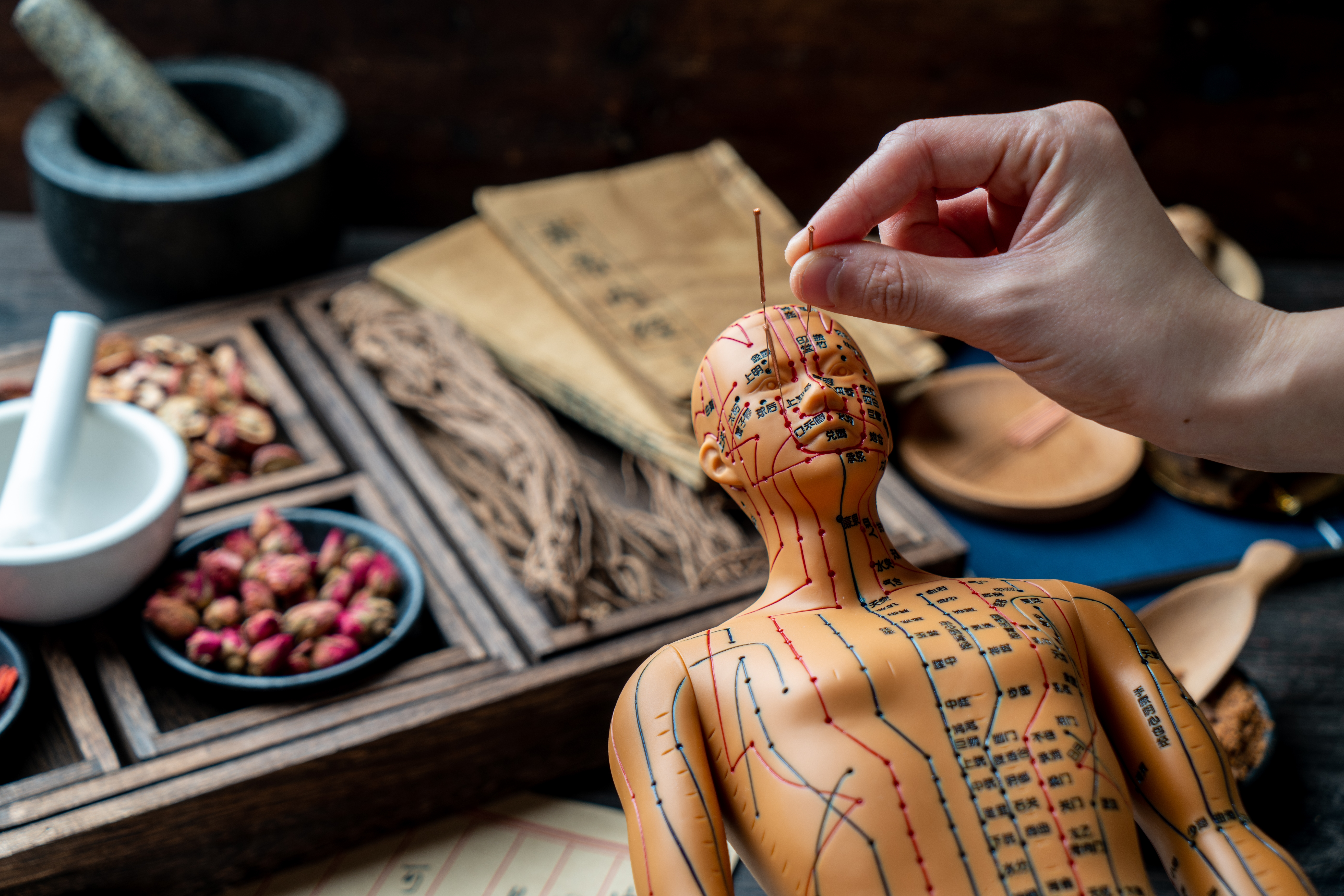
What is acupuncture?
Acupuncture is a branch of Traditional Chinese Medicine (TCM) that uses very thin needles inserted into your skin to stimulate and regulate the flow of your vital energy or Qi (pronounced “chee”). Imbalance and stagnation of Qi manifest in the physical symptoms of illness, disease, and other physical ailments. These dysregulations of energy can be treated through applied stimulation of acupoints along natural pathways in your body called meridians.
How can acupuncture help?
Acupuncture is a holistic treatment that restores and supports your body’s natural healing processes by improving the flow of Qi along meridians or pathways in your body. Injuries disrupt the natural flow of energy in your body, causing inflammation, pain, and stagnation. Since most injuries that result from physical exertion come with inflammation and chronic or acute pain, acupuncture is well suited to both offer relief and shorten recovery time.
Acupuncture is a non-invasive treatment that is effective at managing pain and reducing inflammation, which makes it a good alternative to prescription medication. As the treatment also relaxes strained muscles and improves flexibility, acupuncture can even help reduce the likelihood of future injury.
Other tips for preventing sports injuries
There are a few things you can do before and during physical activity that can greatly reduce the likelihood of injuring yourself. Especially as you get older, it’s essential that you prepare your body before exerting yourself. The following are key steps to ensure a safe workout:
- Make sure you are well rested. Lack of sleep will make physical activities harder, as well as slow your reaction time, which can make injury more likely.
- Eat a well-balanced diet. Your body needs fuel, so eating a well-balanced diet ensures you have the energy you need for any activity.
- Make sure your equipment is properly sized. Equipment that is too tight or too loose can interfere with your mobility to cause an injury. It can also restrict blood flow to your muscles, which will cause lactic acid to build up more quickly.
- Warm up. It’s important to do some light cardio, like jogging in place, and to stretch in order to warm your muscles before engaging in vigorous activity.
- Stay hydrated. Strenuous activity will make you sweat, so you’ll need to replenish the water your body loses during your workout.
- Stop when it hurts. It may be tempting to work through the pain, but this is a sure way to turn a minor strain into an injury that has you benched for weeks or months.
Staying active is an important part of maintaining your health and wellbeing. Acupuncture can help you ensure that you can keep doing the activities you love. Schedule your next appointment today!
